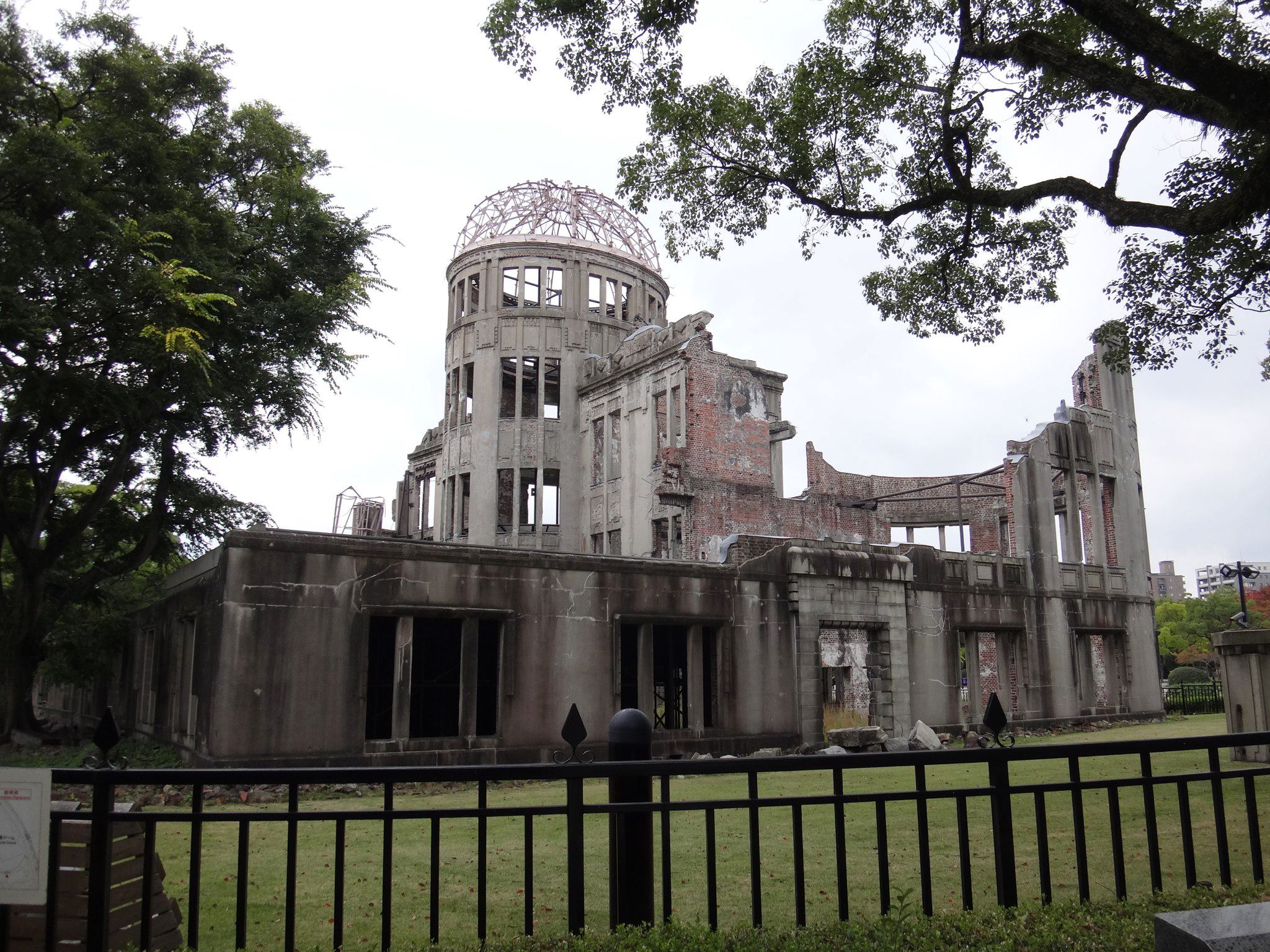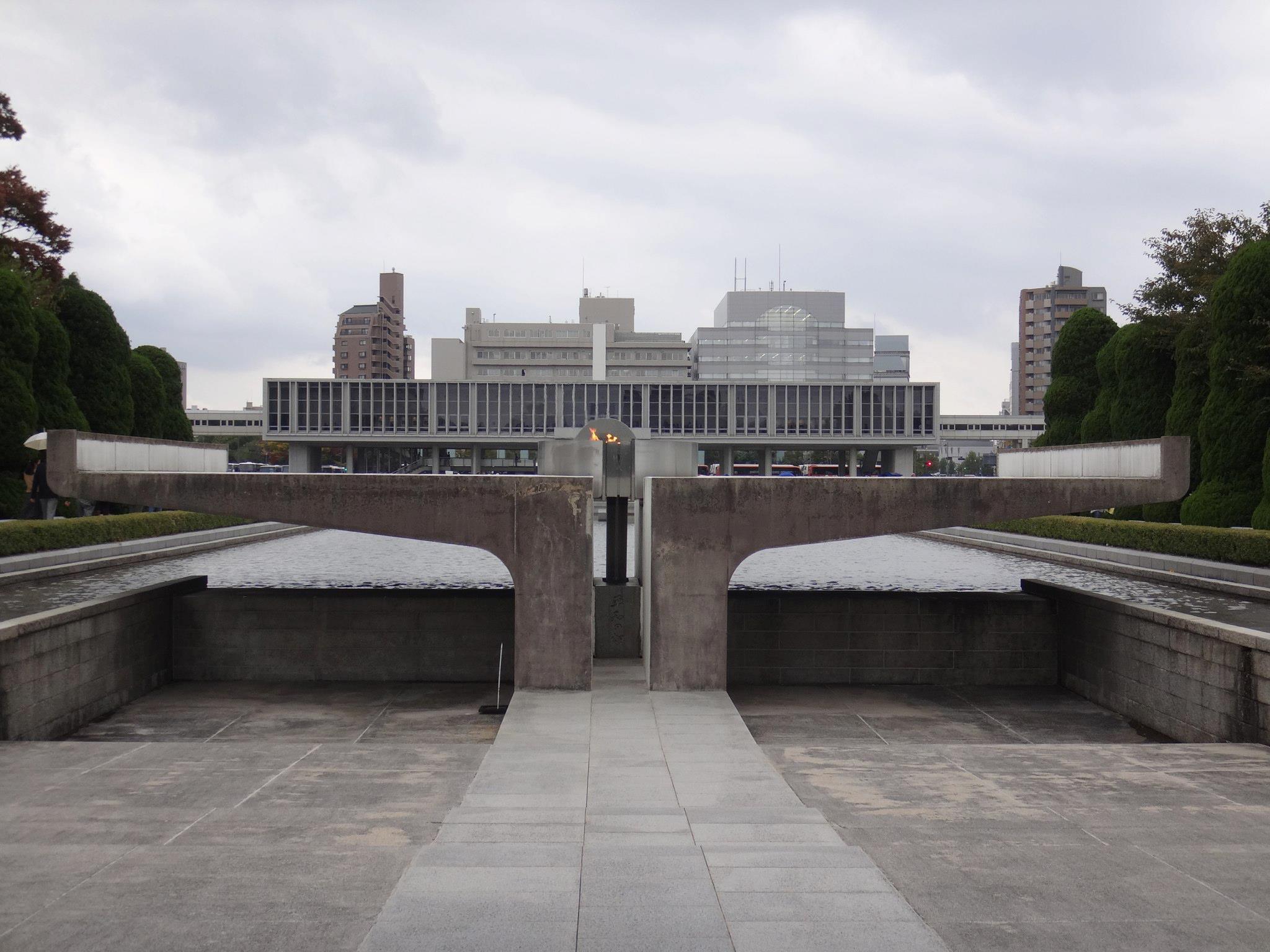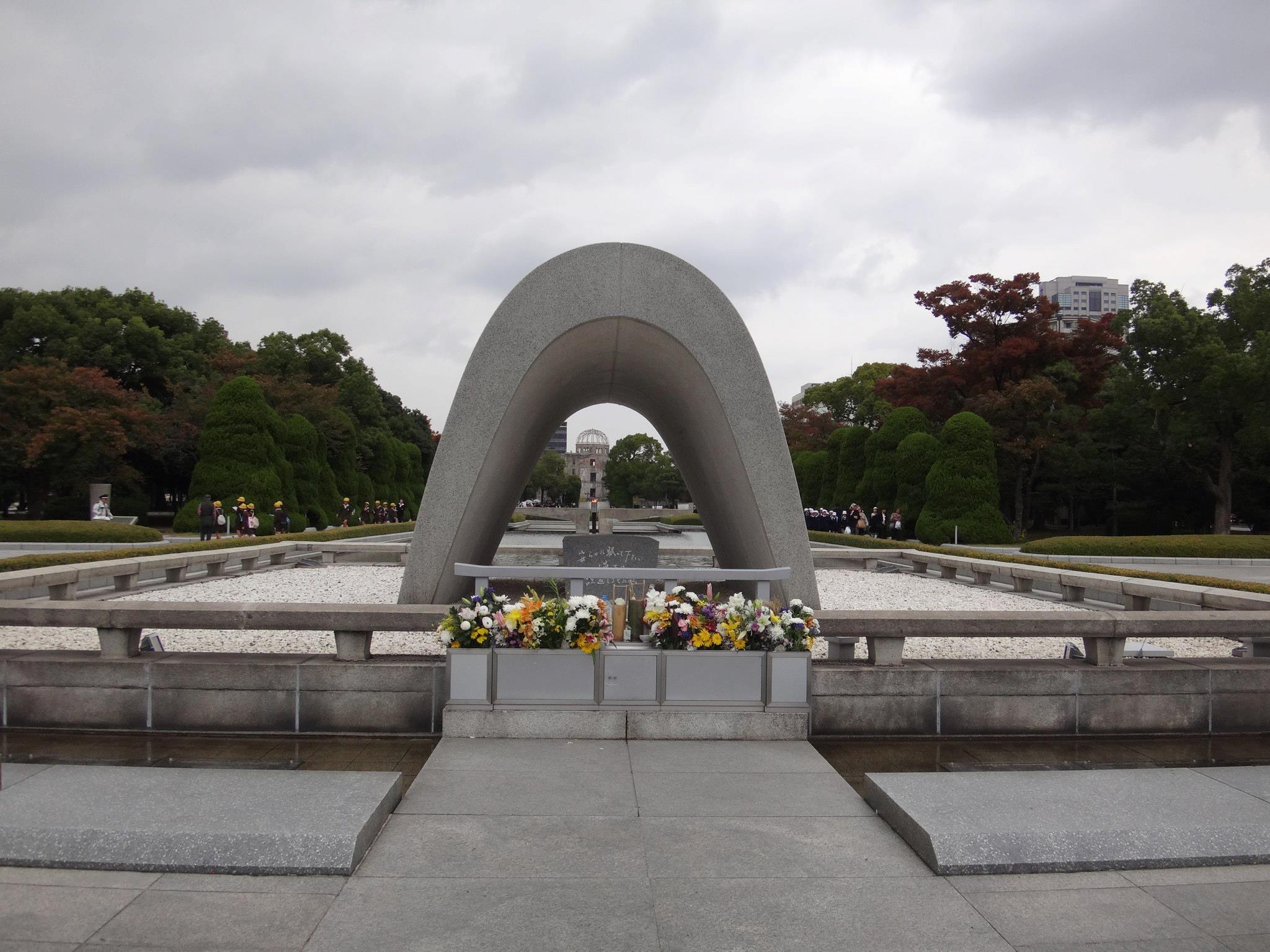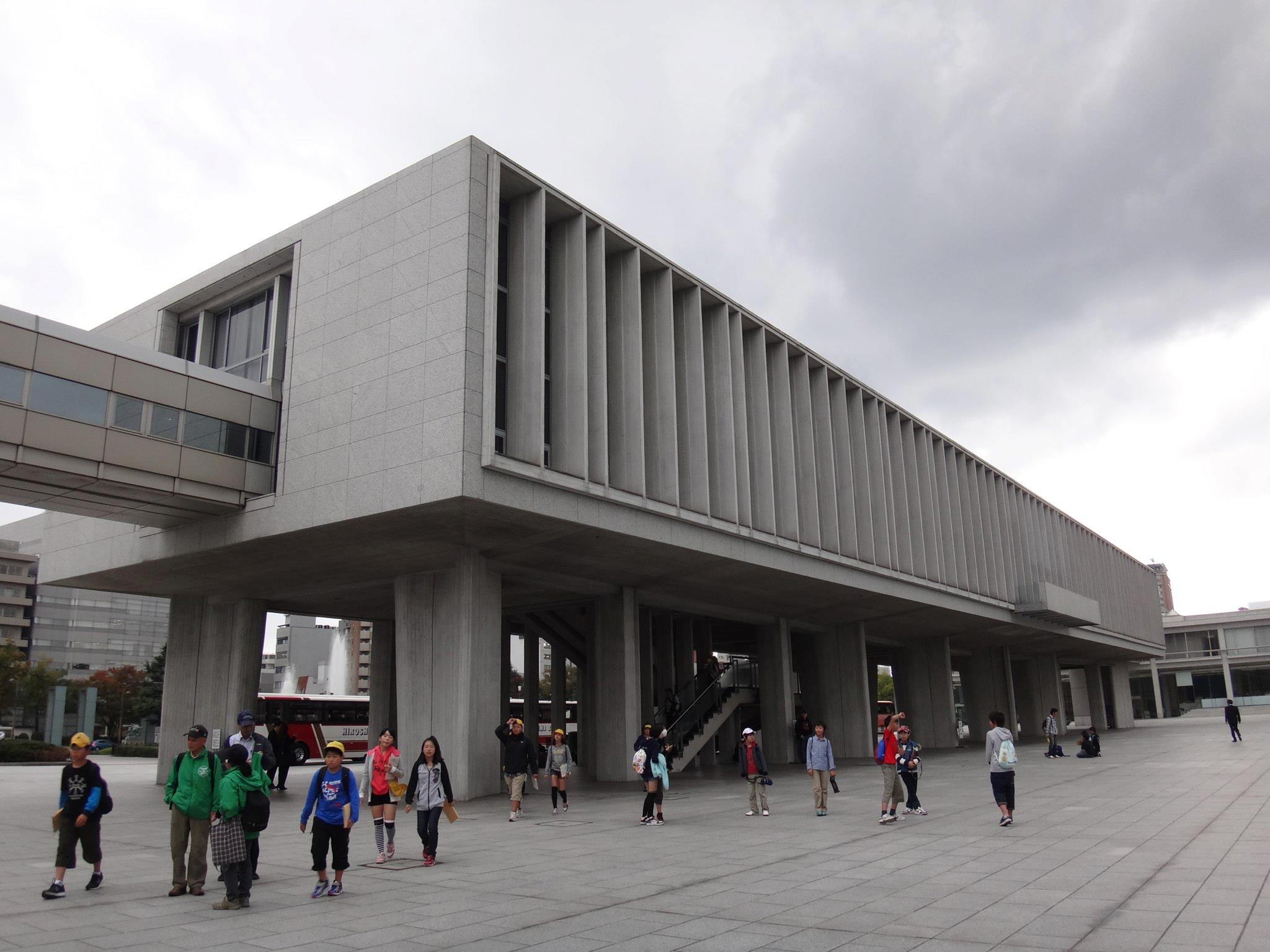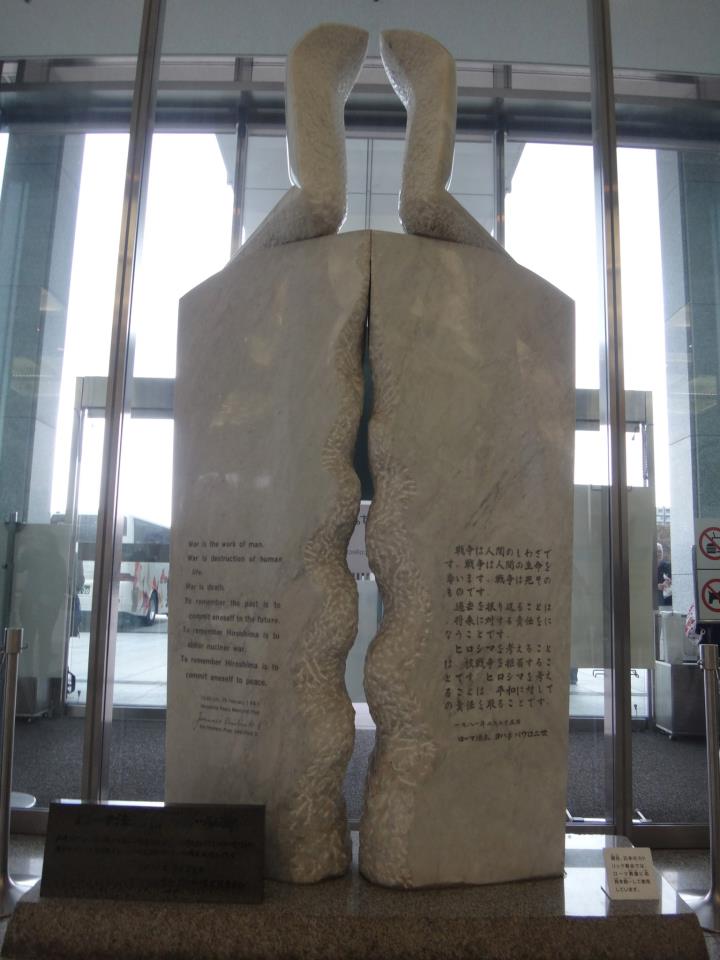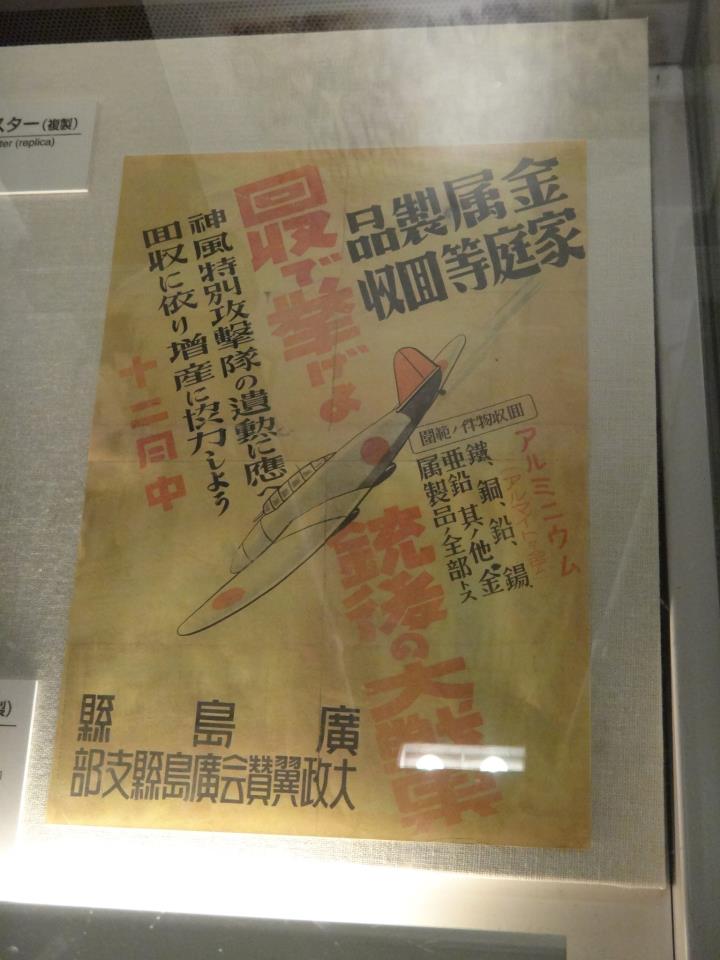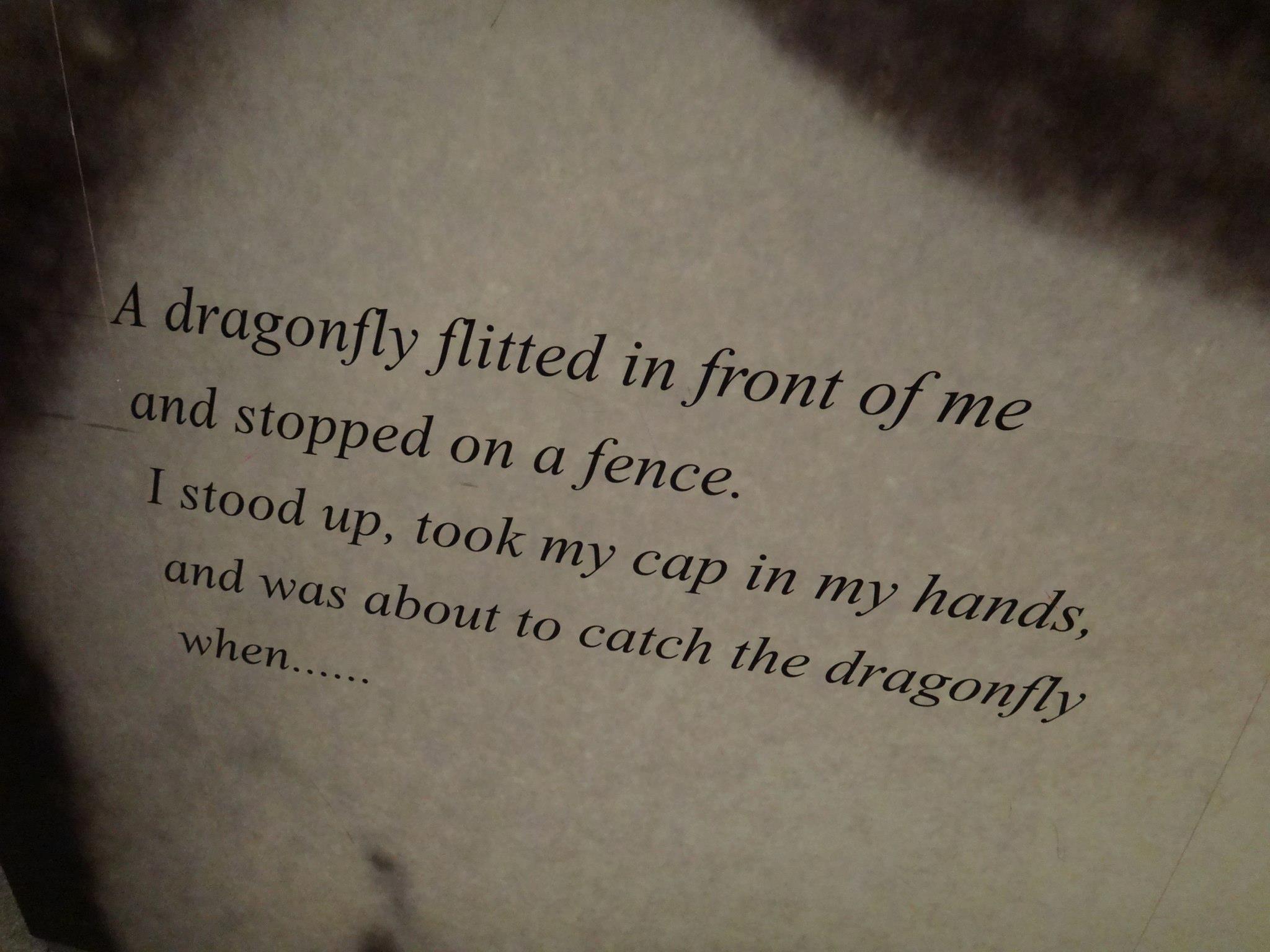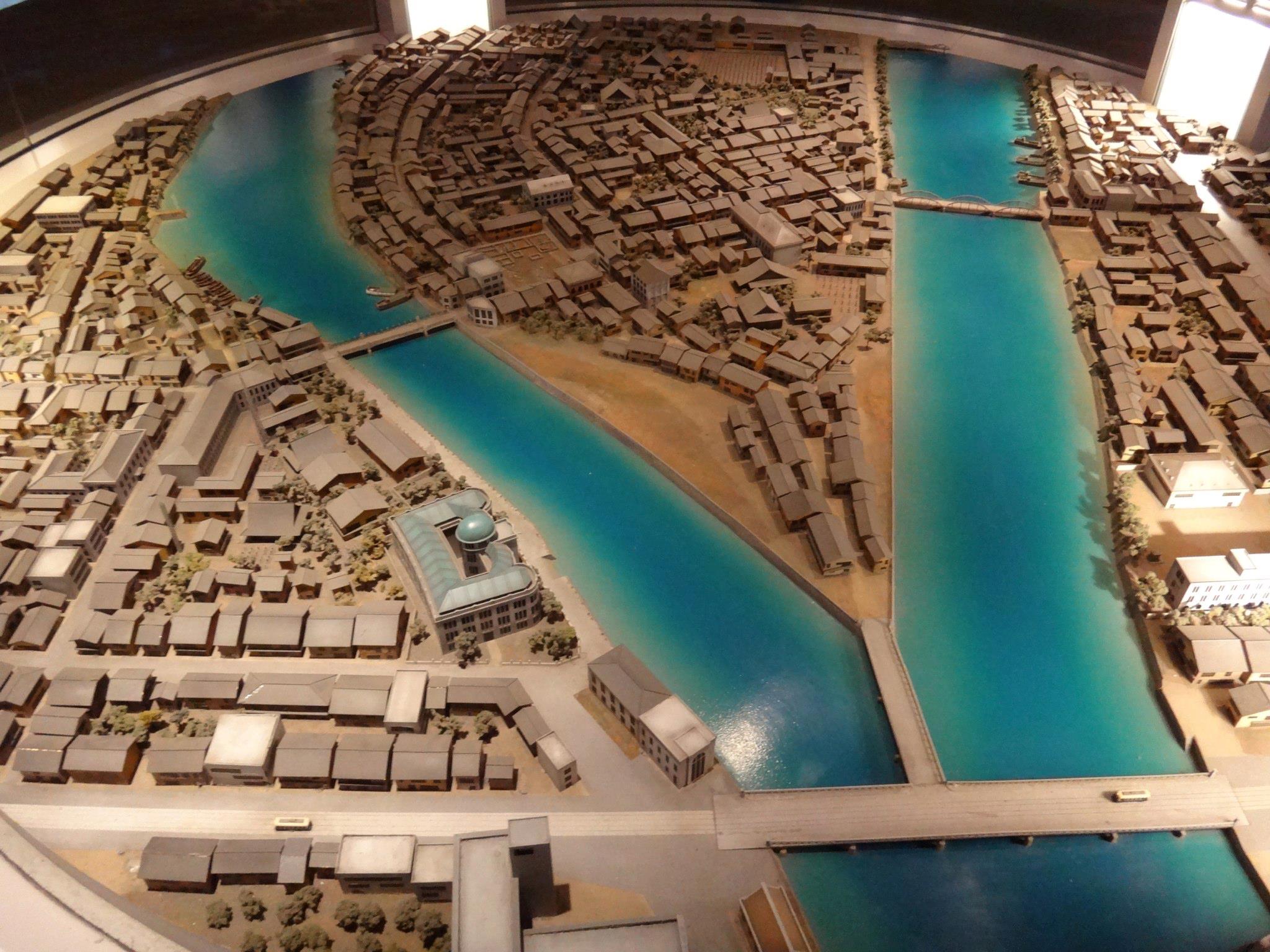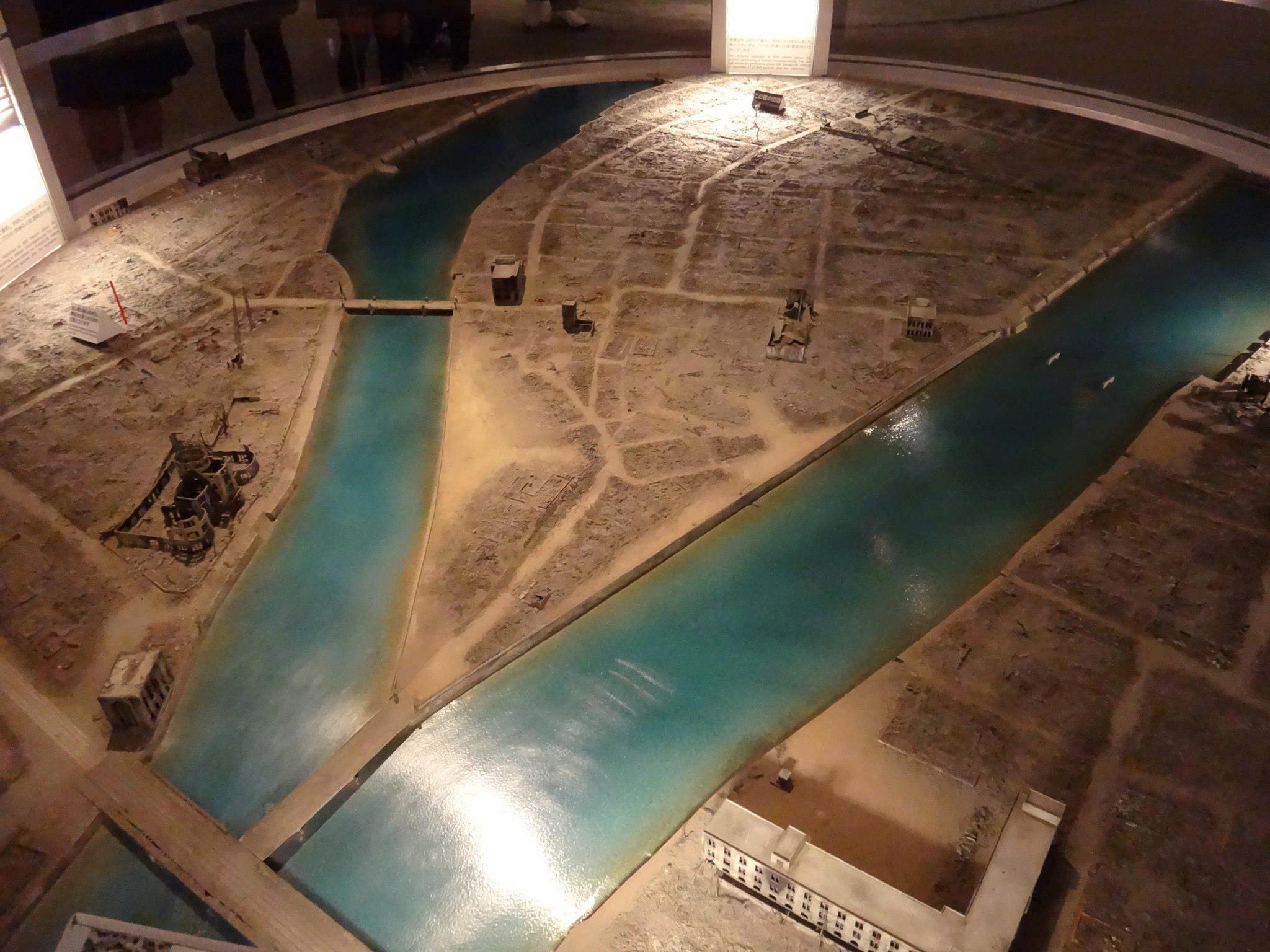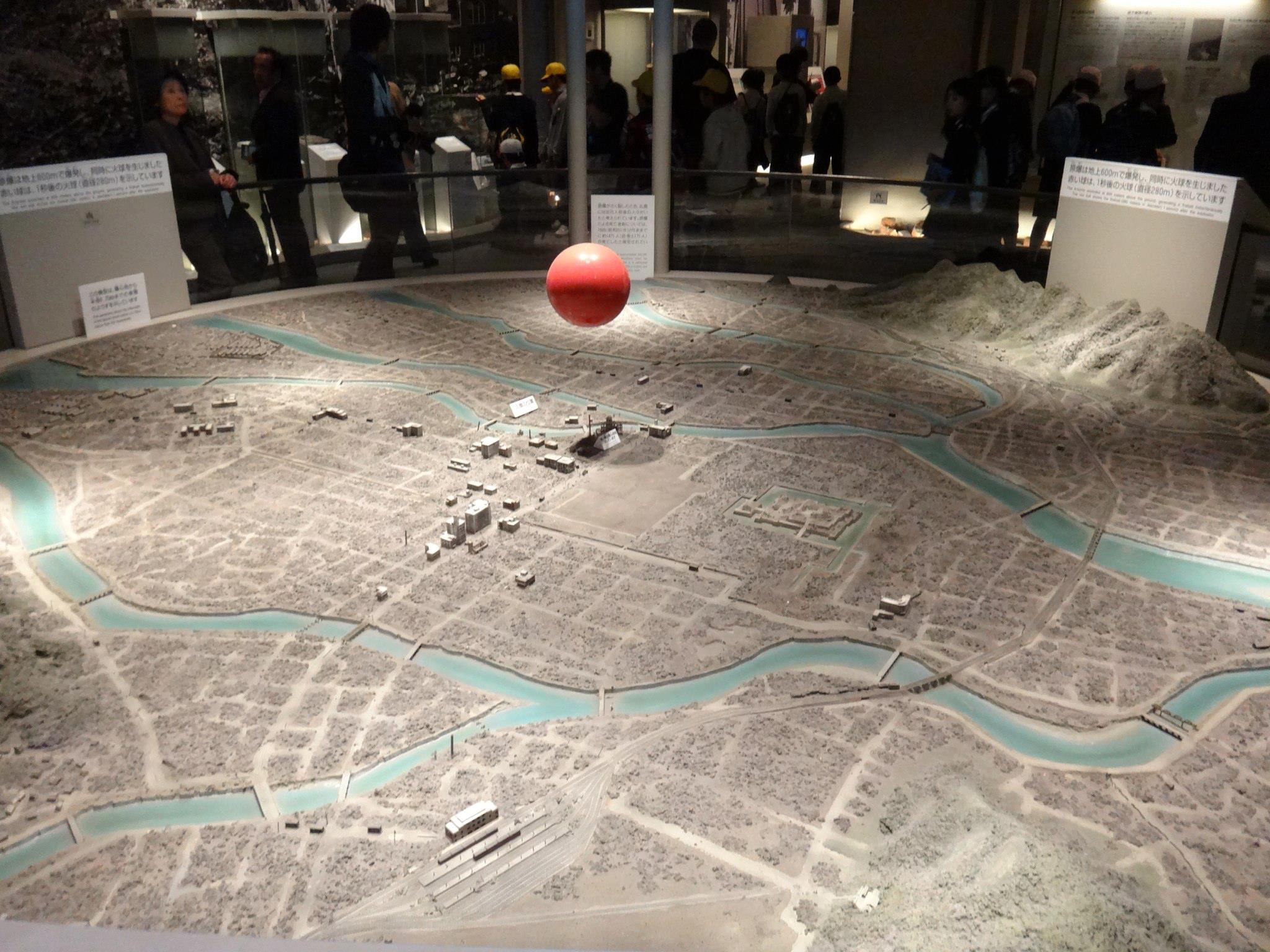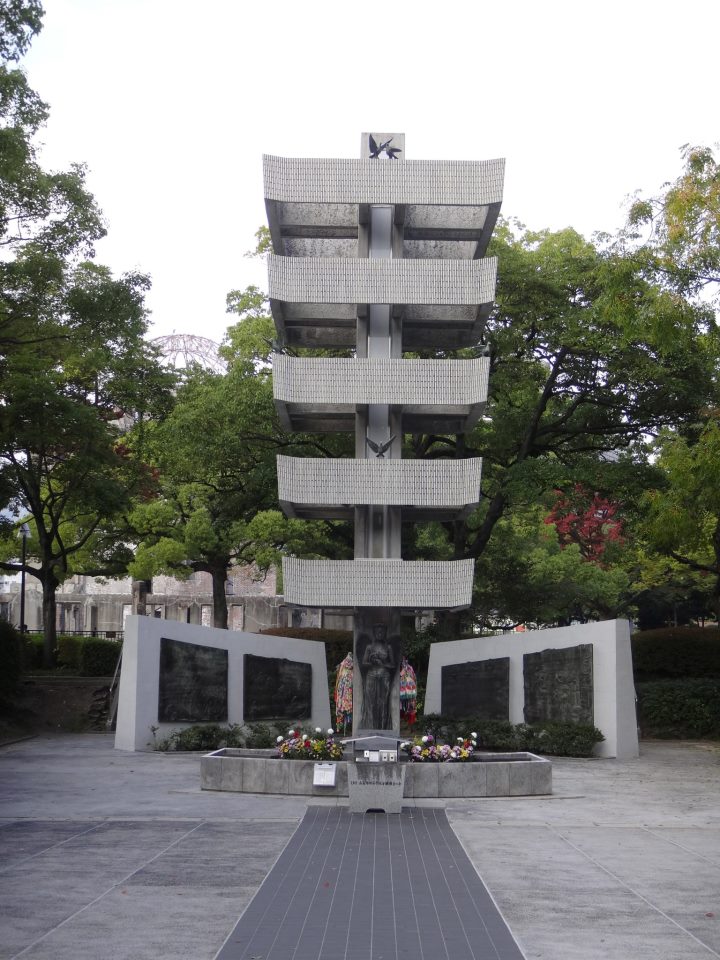Shortly after arriving in Osaka, we realised we had a spare day without any plans made. Well, that was quickly resolved: with rail passes in our hands we jumped on a Shinkansen, and headed to Hiroshima.
Hiroshima is about 90 minutes from Osaka on the Shinkansen. It's an interesting journey passing a lot of seaside towns and zipping in and out of tunnels.
On arrival into Hiroshima, we were met with a different look than the larger metropolises of Japan. By no means is Hiroshima a small town or suburb, it's a full city in its own right, however it seems more compact and relaxed compared to its larger neighbours.
Hiroshima has a great tram system that we hopped on right outside the station and zig zagged our way through the herd of Hiroshima's central area, to arrive at the place we came to see: Hiroshima Peace Memorial Park.
The Peace park is about 20 minutes from Hiroshima Station by Tram, with a stop right at the top corner just outside the now iconic remains, known as the A-Bomb Dome.
The A-Bomb dome is the structural remains of the Industrial Promotion Hall. It is the building closest to the hypocenter of the nuclear bomb that remained in some form. The dome is now an officially designated site of memory for Japan and humanity’s shared heritage of the devastation of the attack on Hiroshima, which stands in history as the first city in the world to have experienced a nuclear attack. The A-Bomb Dome is on the UNESCO World Heritage List.
This was the first sight we were confronted with in the peace park, which was quite shocking, seeing the damage that one bomb could do to a city was astounding. If it wasn't for the remains however, it would be difficult to imagine any attack happened. The park is lush with trees and manicured gardens with wide rivers winding throughout it. Scattered among the parks grounds are many tributes and memorials to the victims and history of the Hiroshima bombing.
Peace Arch.
A short walk along the river brought us to the main memorial in the park, the reflection pool leading to the peace arch. Every year on August 6th they have a Ceremony to remember the victims of the bombing, and hold a prayer for world peace. Around the arch even in November there were many flower arrangements left at this memorial which was amazing to see people leaving tributes year round.
Just beyond the arch is the Hiroshima Peace Memorial Museum. The Peace Museum has been running since 1955 and preserves the history of that fateful day in 1945. The museum also promotes the ideals of world peace and a universal end to nuclear arms.
As we walked into the museum, the first room was basically a set up displaying the morning of August 6, 1945, with images of what Hiroshima was, as well as outlining where WW2 was at, and Japan's part in the war. Then towards the end we hit the Day and time mark of the bomb. We were equipped with an audio tour pack and it was rather haunting listening to recollections and details about that day. In the centre of the rooms was tow large circles. One had a miniature map of where we were now in Hiroshima with all its buildings, effectively what it was before the bombing. The second showed the aftermath, also with a point showing the spot where the bomb hit. It was quite staggering to see the annihilation that the bomb did to right where we were standing today.
As we wandered through the museum seeing artifacts that survived the bomb from burnt out tricycles to a watch which stopped on the exact time the bomb hit, it was quite haunting to see the ruins that a nuclear bomb makes of a place. Beyond just the casualties of civilians and losing homes, to the impact it has on the earth itself and the surrounds. It's quite amazing to think that nature has been able to grow back and people can live safely in a place that got ravaged by nuclear warfare.
Further through the museum there are parts that discuss today’s use of nuclear arms and the countries that use and harbour them. It was a great insight to how nuclear weapons play apart in today's wars and the potential wreckage these could have. From numbers countries hold, to the range they can shoot, it's a terrifying reality, that I think many would be surprised just to learn about the amount in storage today.
As we made our way to the end of the museum there is a place to sign a worldwide petition to end the production and storage of nuclear arms by all countries in a step to further world peace. After seeing what damages these warheads to a city, and nation we quickly signed without hesitation. There are many graphic images of what happened in 1945 in this museum that will stay in my mind forever,
When we left the peace museum we took the long way back to the tram stop stopping by many memorials and reading about what they stood to remember, It's such a beautiful and peaceful park with a lot of meaning to it.
Origami Cranes left as tributes
Just before making our way back to the Station the last memorial we saw was the Memorial Tower to the Mobilized Students. The Japanese government implemented a policy in the midst of the war in 1944, which required middle school aged children and above to work in munitions factories and similar fields, as there was a labour shortage during the war. Over 6,300 were killed during the bombing. However many more were killed around the city following the bombing too. When the war ended, the government only allowed the names of mobilised students who were killed in the atomic bombing or air strikes be enshrined in the Yasukuni Shrine in Tokyo (The main shrine in remembrance of all who service to the empire of Japan). In response to this, grieving family members began making a list of all the dead who were not recognised and raised the funds for this memorial tower. Around the base were countless chains of colourful origami cranes left to honor the dead. It was such a beautiful little memorial to these lost children.
We shortly made our way back to Hiroshima station and back on the Shinkansen to Osaka, a little more sedate and grateful that we have never had to be living in the middle of a warzone.
HOW TO GET HERE-
FROM OSAKA:
TRAIN: Take the Shinkansen from Shin-Osaka Station to Hiroshima Station TIME: 1.5-2 Hours.
FROM TOKYO:
TRAIN: Take the Shinkansen from Shinagawa Station to Hiroshima Station TIME: 3-3.5 Hours.
PLANE: Multiple daily flights depart from Haneda Airport TIME: 1 Hour 40 Minutes
FROM AUSTRALIA:
PLANE: Flights leave daily from Sydney, Gold Coast and Cairns direct to Tokyo with connecting flights to Hiroshima through Japanese domestic carriers. TIME: 11.5 - 14 Hours.
PLANE: Flights leave 6 days a week from Gold Coast and 4 days a week from Cairns direct to Osaka with Jetstar, then its just a couple of hours on the Shinkansen from Shin-Osaka Station. TIME: 10-12 Hours.
